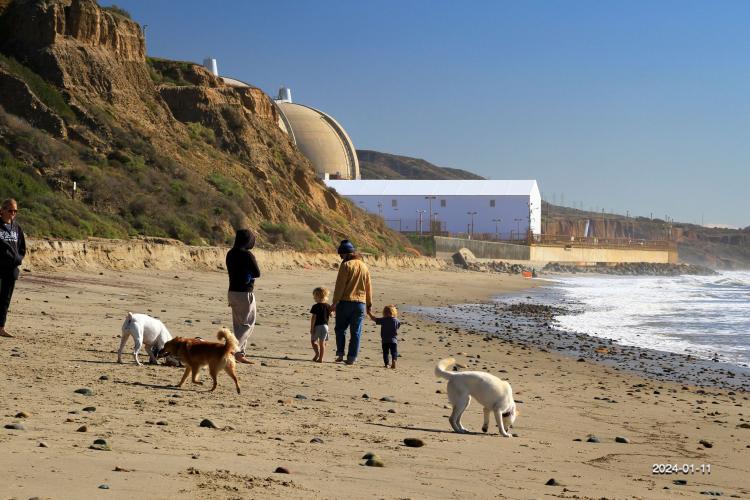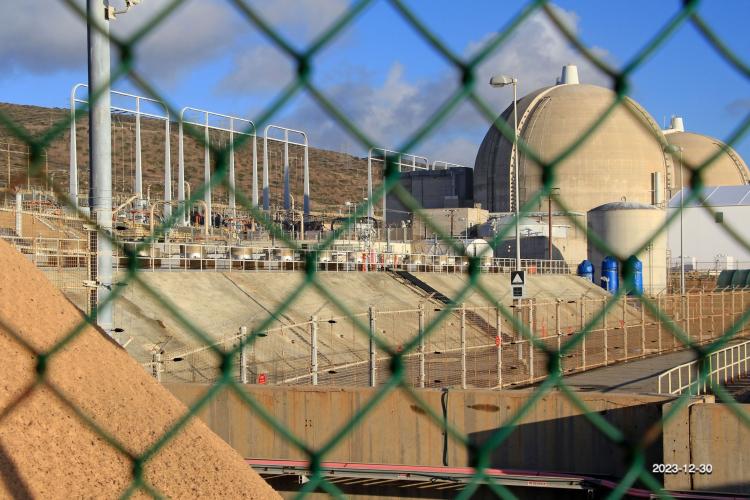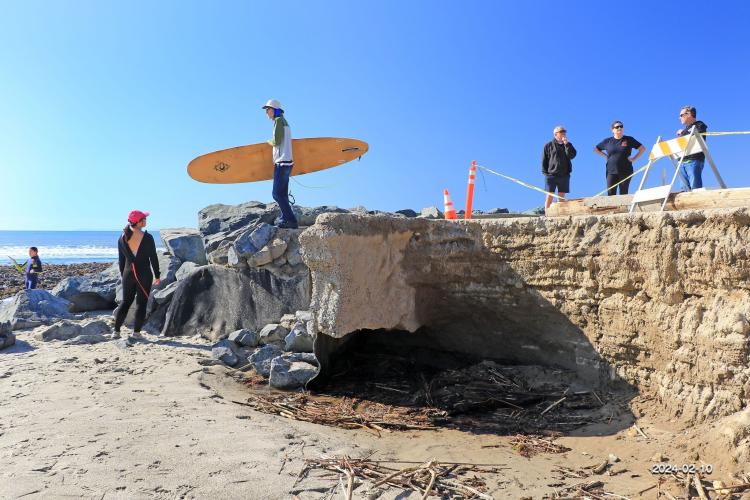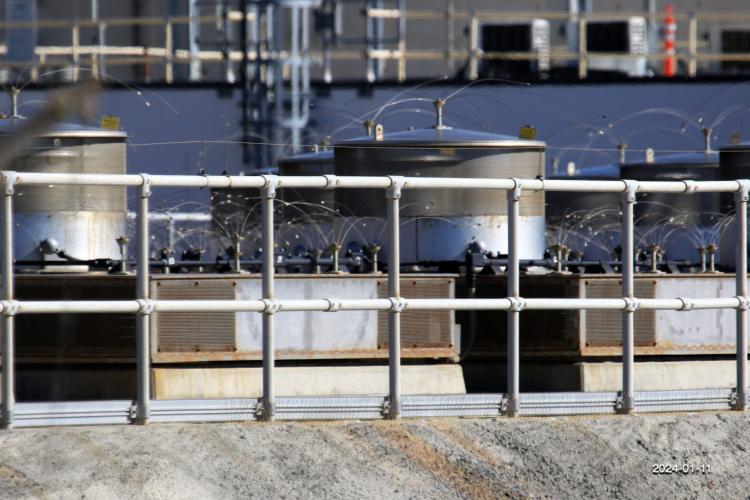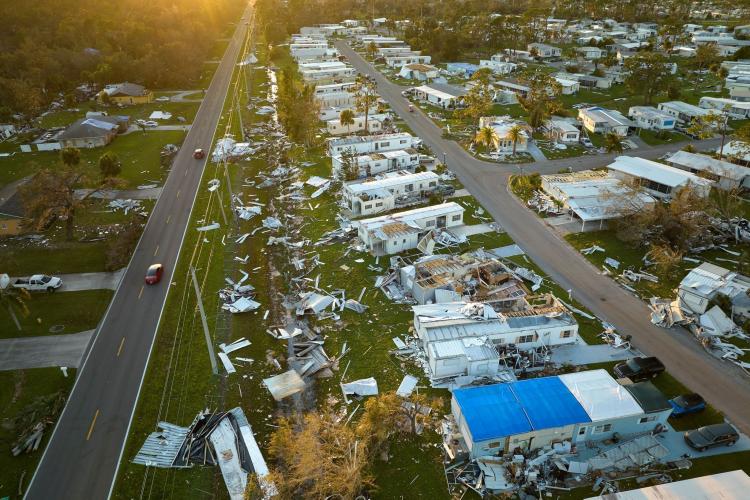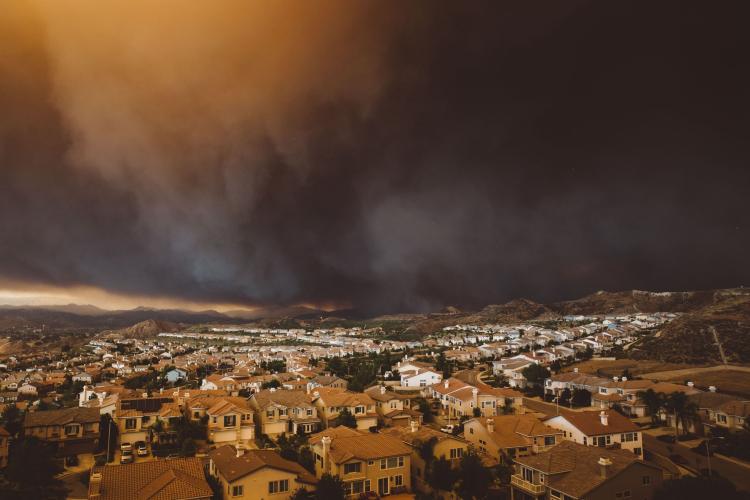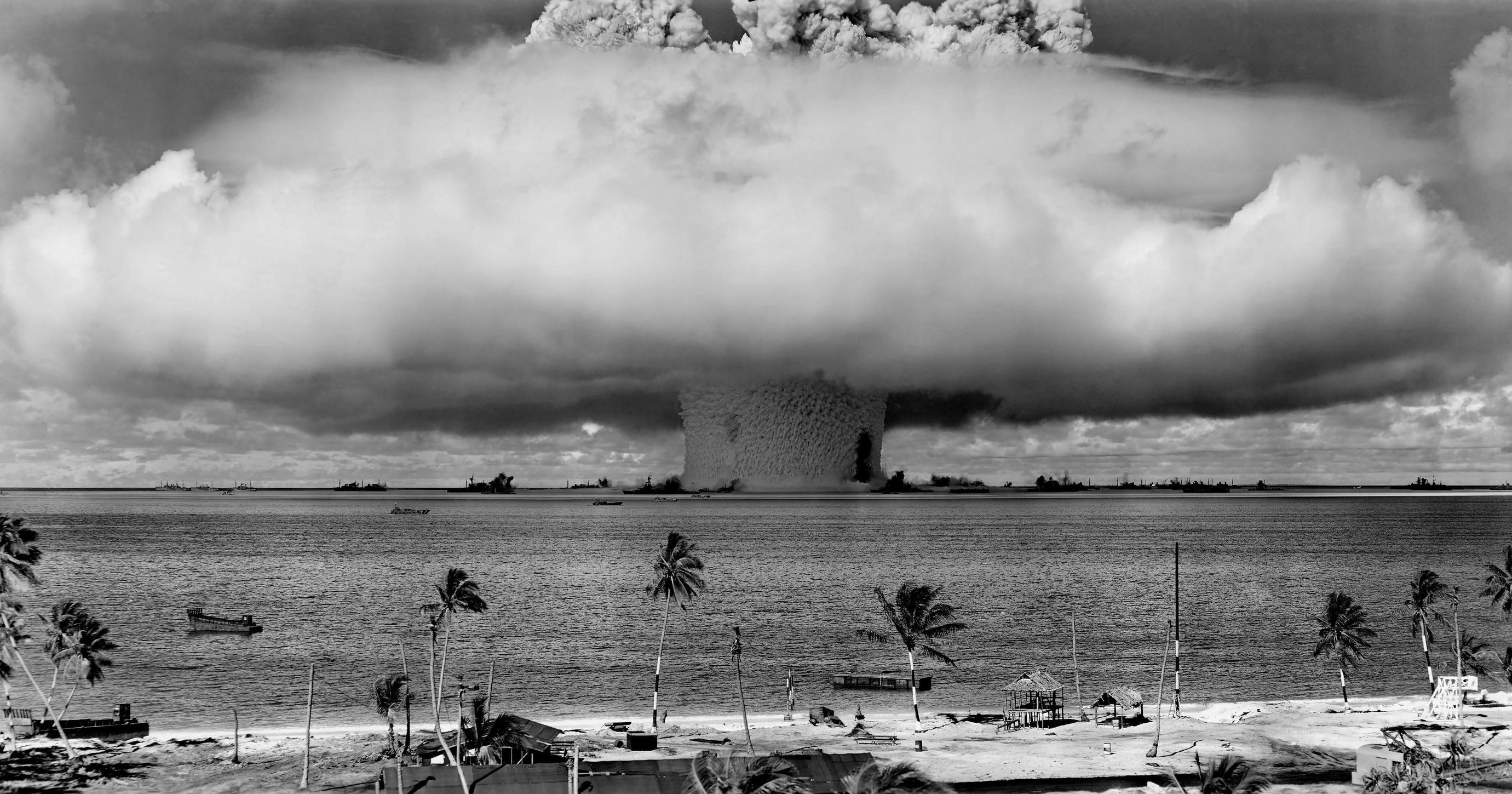
Operation Crossroads, Test Baker, Bikini Atoll, 1946
Envato
Operation Crossroads, Test Baker, a nuclear test conducted at Bikini Atoll in 1946, located in the Marshall Islands in the central Pacific Ocean.
Dr. Ira Helfand, Co-founder and Past President of Physicians for Social Responsibility (PSR) and a 1985 Nobel Peace Prize laureate, emphasized the urgency of these decisions. “In a nuclear crisis, minutes, sometimes seconds, determine survival,” said Dr. Helfand. His remarks highlight the razor-thin margins within which leaders must act when faced with such imminent threats.

Nuclear Threats Close to Home
Envato
The sight of the American flag in quiet neighborhoods reminds us that nuclear risks aren’t distant, they can directly affect families and communities everywhere.

Nuclear Threats Close to Home
Envato
The sight of the American flag in quiet neighborhoods reminds us that nuclear risks aren’t distant, they can directly affect families and communities everywhere.
The historical record reveals that false alarms have posed significant risks. In 1979 and 1983, these alarms nearly triggered nuclear responses, according to the Union of Concerned Scientists (2023). These incidents serve as a stark reminder of the potential for error and the importance of rigorous verification and decision-making protocols.

False Alarms in the Nuclear Age
Envato
In the 1960s–70s, NORAD radars sometimes mistook flocks of birds for missiles, triggering alerts that showed how close mistakes could come to catastrophe.

False Alarms in the Nuclear Age
Envato
In the 1960s–70s, NORAD radars sometimes mistook flocks of birds for missiles, triggering alerts that showed how close mistakes could come to catastrophe.
In response to these challenges, the military conducts military drills to simulate decision-making under severe time and information pressure, as reported by the Department of Defense (DoD). Lt. Gen. Frank Klotz (Ret.), former Commander of Air Force Global Strike Command, shed light on the extensive training involved in these drills. “Our training focuses on making the right call under unimaginable pressure,” said Lt. Gen. Klotz. These simulations aim to prepare personnel for the complexities and high stakes of a potential nuclear confrontation.
The National Command Center, which is pivotal in these operations, coordinates the response to potential threats and ensures that protocols are followed precisely. The rapid and accurate assessment of threats and the communication of crucial information to the President are essential components of the U.S. nuclear launch protocols.
These protocols are designed to balance the need for swift action with the imperative of preventing accidental or erroneous launches. The intricate web of safeguards, verification processes, and simulated drills underscores the commitment to maintaining a credible deterrent while minimizing the risks of unintended consequences.
As the world continues to face geopolitical uncertainties, the robustness and adaptability of the U.S. nuclear launch protocols remain a cornerstone of national security. The dedication to continuous improvement and preparedness aims to ensure that the nation can respond effectively to any threat, safeguarding its interests and preventing catastrophic outcomes.
The U.S. nuclear launch protocols reflect a complex and multifaceted approach to managing one of the most pressing challenges of our time. Through rigorous training, historical lessons, and ongoing refinement, the United States strives to be prepared for the inevitable pressures that come with nuclear deterrence.
